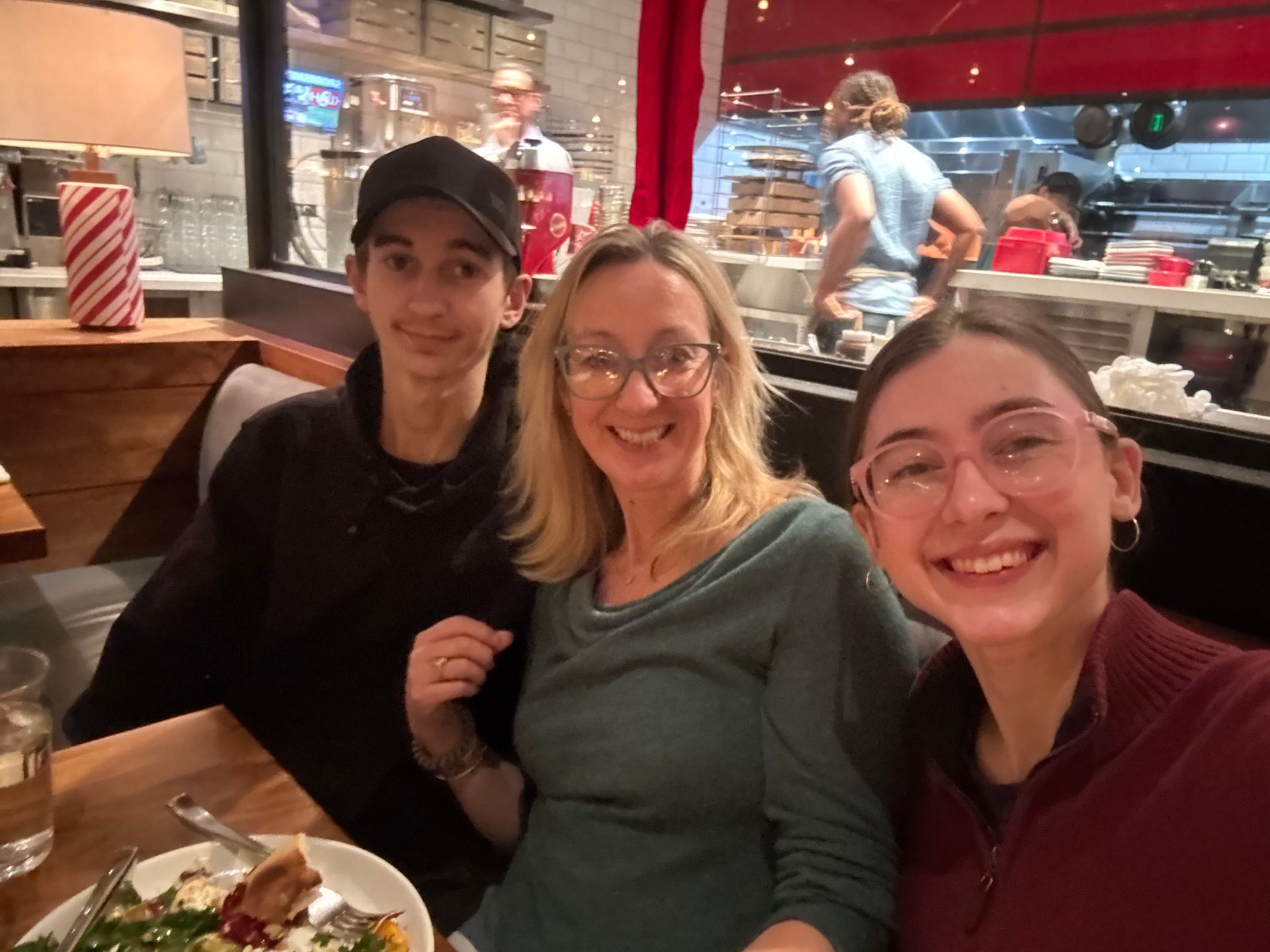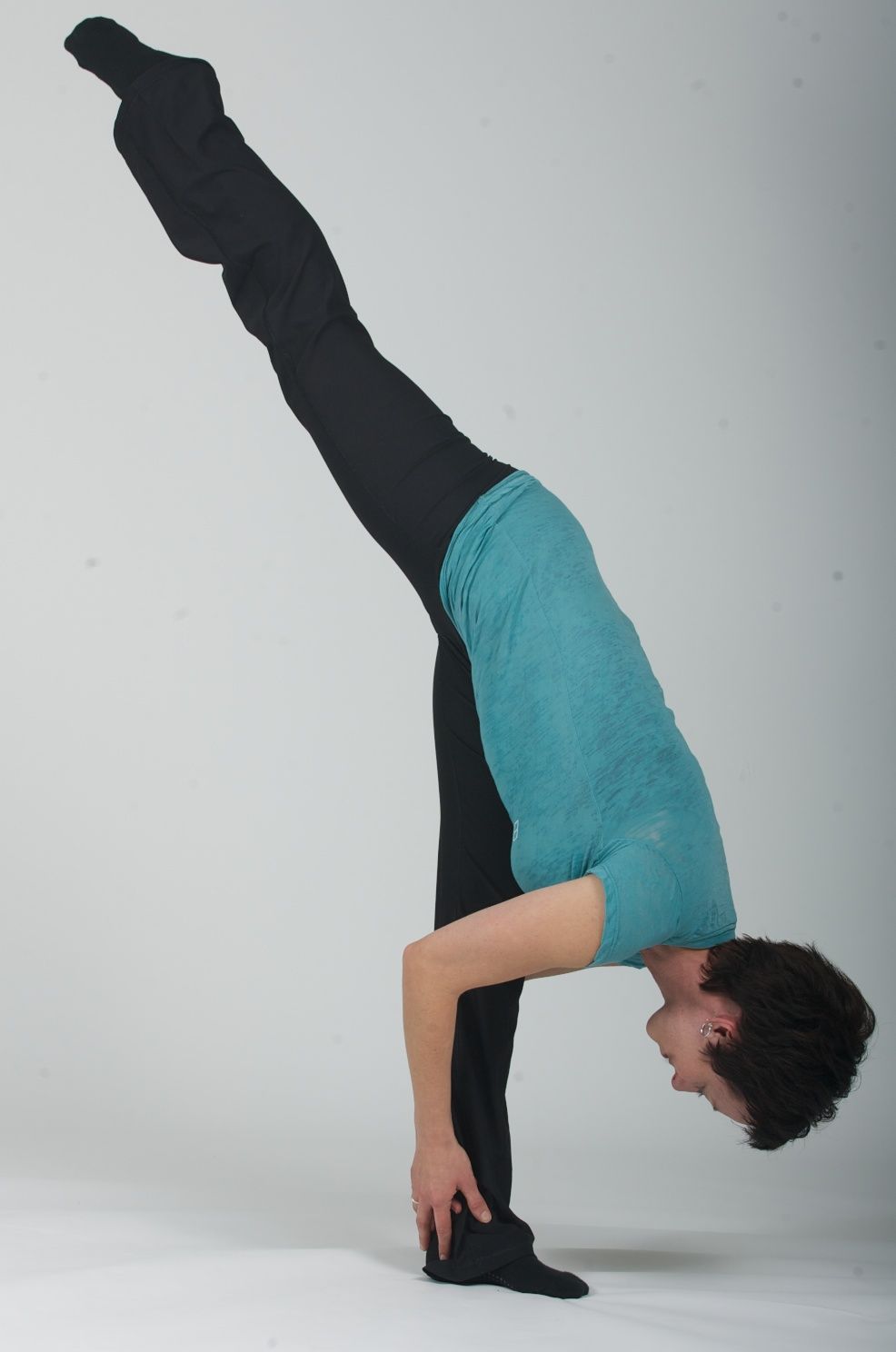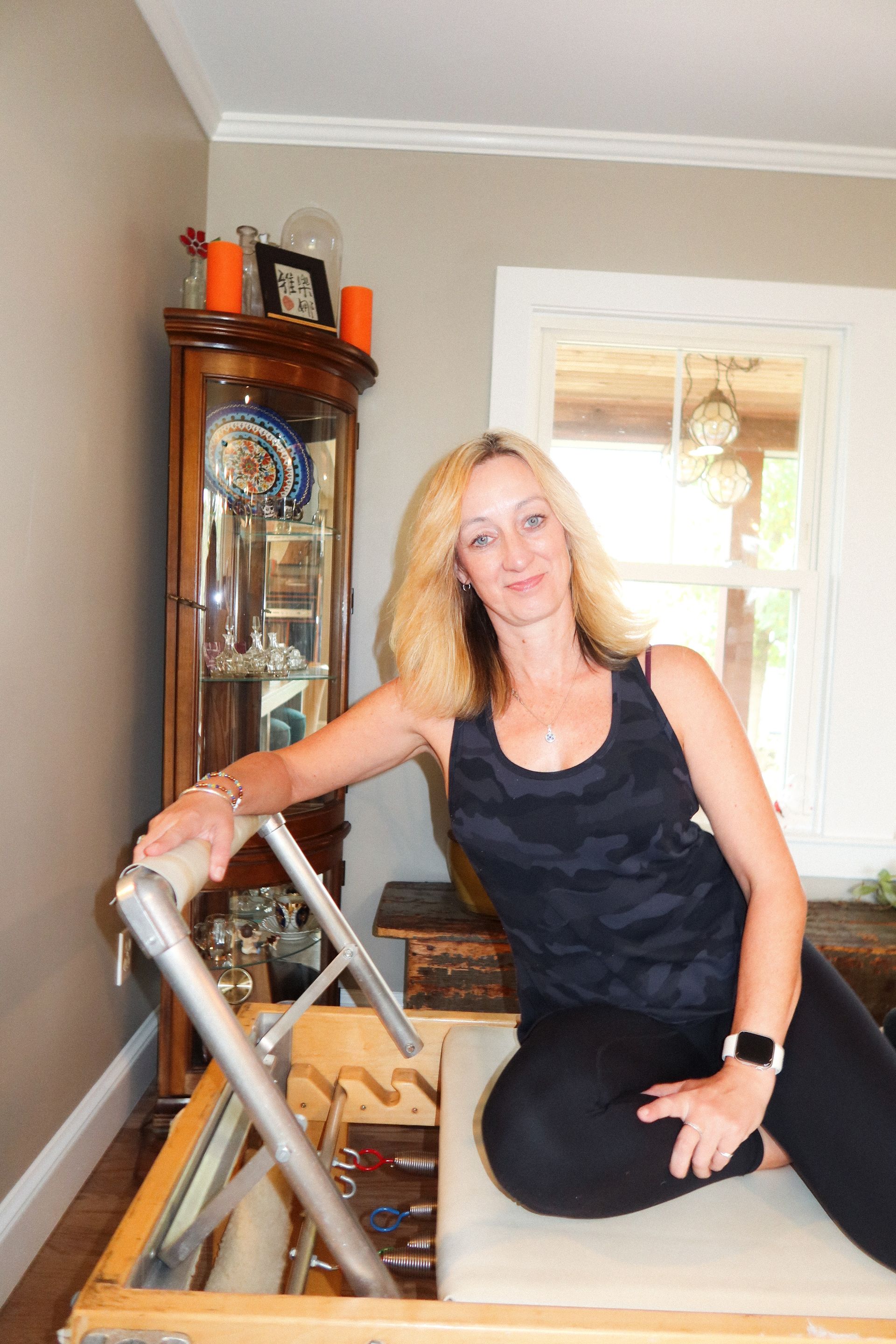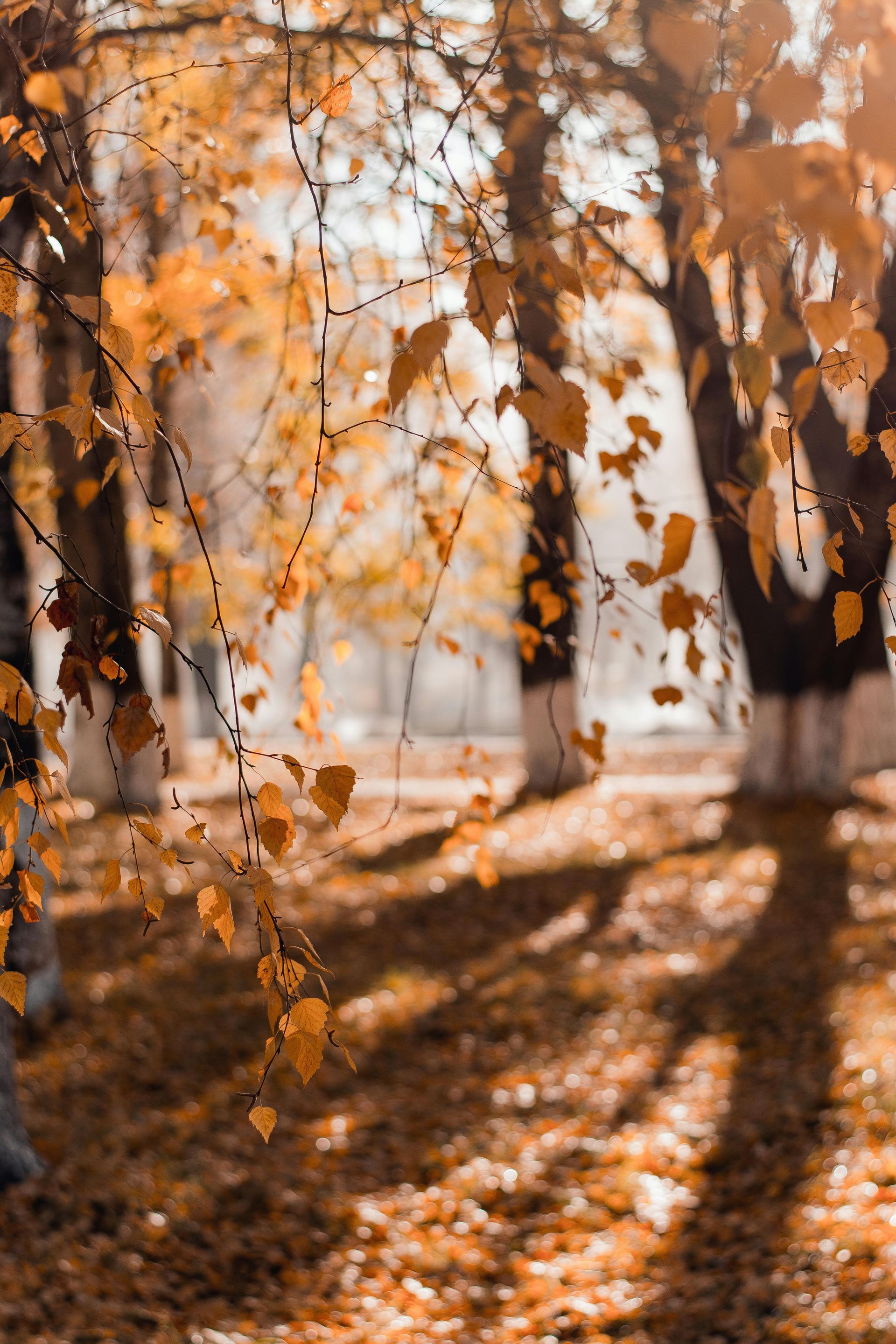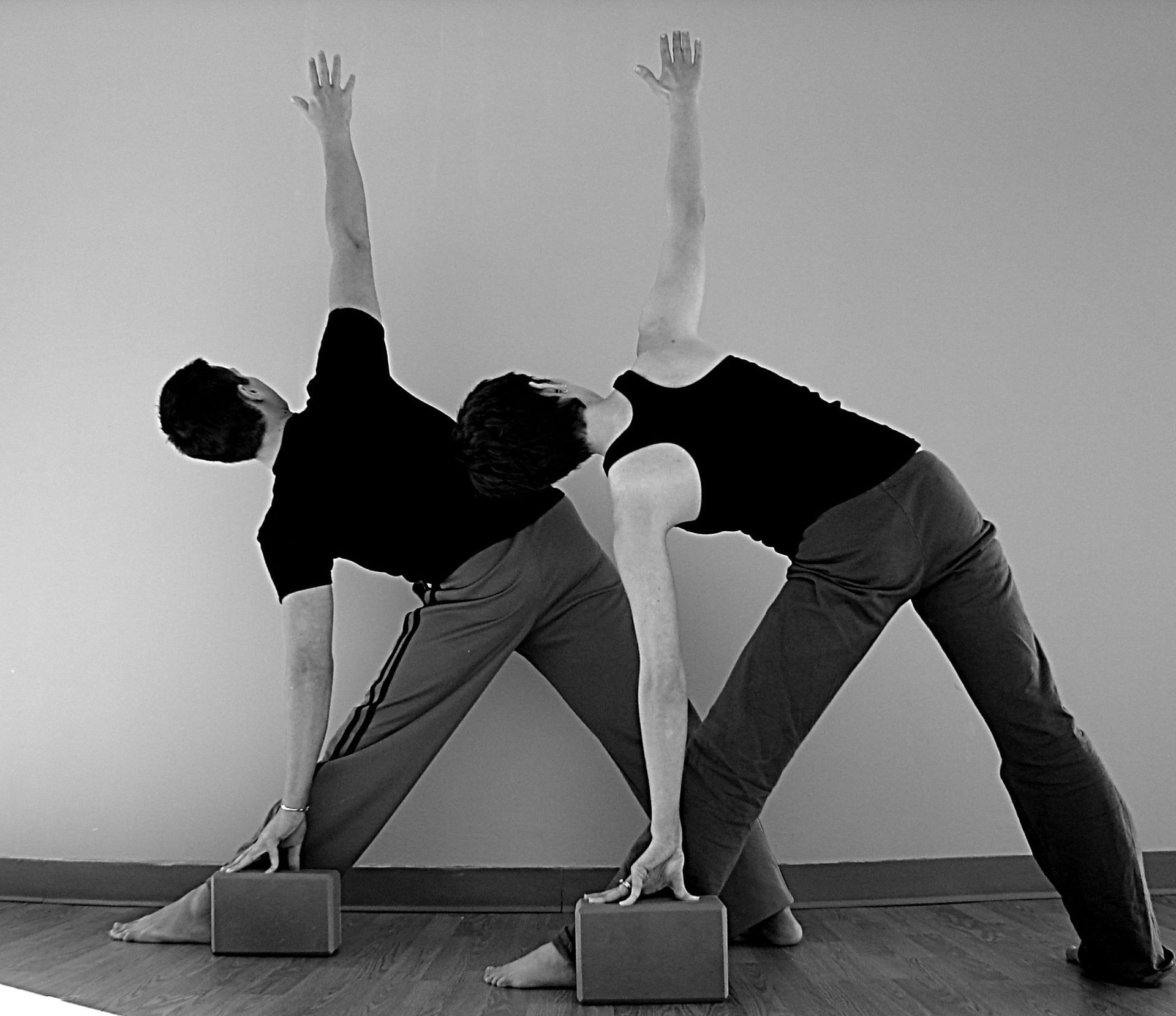Should your knees go over your toes?
Debunking a Common Cue in Pilates, Barre, and Beyond

There are a handful of phrases that get repeated in almost every group fitness setting—cues so common we stop questioning them. Among them:
“Don’t let your knees go over your toes!”
For many students, this cue gets embedded so deeply that it echoes in their minds long after class is over. So when someone finds themselves in a raised-heel parallel squat, and their knees do move past their toes, they instinctively wonder: Am I doing something wrong?
The short answer is no—you’re probably not.
But the full answer is more nuanced, and understanding it will not only ease your mind, but also help you teach or train more intelligently.
Where Did the “No Knees Over Toes” Rule Come From?
To understand this cue, we need to look back at its origins. Like many fitness “rules,” this one likely came from a good place: injury prevention.
The idea was that if you keep your knees stacked directly over your ankles during movement, particularly squats or lunges, you reduce shearing forces on the knee joint and keep weight distributed in the hips and heels—where it’s safer.
It was also about ankle stability. When the shin moves forward too much, the ankle must dorsiflex (flex), and that requires mobility and control. For people with very limited or unstable ankle mobility—due to injury, genetics, or structural issues—this could cause pain or strain.
So yes, at one point, “don’t let your knees go over your toes” was a protective cue—but it was never meant to be universal. Like so many well-meaning one-size-fits-all rules, it’s been over-applied, over-simplified, and now it's time to revisit it.
Anatomy Check: What Actually Happens When Your Knees Go Over Your Toes?
Let’s look at some biomechanics.
When you bend your knees—especially in a squat or lunge—your center of gravity shifts. In order to stay balanced, something has to move forward to counterbalance the hips going back. Often, it’s the knees.
If you try to keep your knees behind your toes no matter what, you're likely to do one of two things:
- Overarch your low back by tilting your pelvis aggressively.
- Pitch your torso way forward, placing more strain on the back and decreasing glute/quad activation.
Neither of these are ideal.
Also, unless you have short femurs, super-mobile ankles, and perfect alignment, forcing your knees to stay behind your toes in every squat or bend just isn't realistic—or healthy.
So what's the more helpful mindset?
Focus on where the load is going—not just the joint alignment.
If your weight is centered in your muscles, and you're moving with control, it’s often perfectly safe for your knees to pass your toes.
Raised Heel Parallel: A Special Case
Now let’s apply this to a specific position in Barre and Pilates: raised heel parallel squats (aka relevé V or parallel chair with heels lifted).
In this stance, your feet are together (or hip-width), your heels are lifted, and you bend your knees to lower into a squat-like shape.
And guess what?
Your knees will go over your toes. They should.
Here’s why:
✅ Your Center of Mass Has Shifted
Lifting the heels reduces the base of support. In order to stay balanced, the knees must move forward to counterbalance the hips and maintain a vertical spine. If you tried to force the knees behind the toes in this shape, you’d fall over—or compress your low back trying to compensate.
✅ The Heels-Up Position Protects the Knees (and Challenges the Calves)
With heels lifted, your calves, hamstrings, and glutes are forced to fire up. You’re not resting into the joint. You’re building endurance and strength in the lower leg and hip muscles.
When executed with muscular engagement, this position places the effort in the muscles—not the joints—which is the goal.
✅ It’s a Closed-Chain, Controlled Environment
Unlike a jumping or landing movement, the raised heel squat is a closed-chain, slow-motion exercise. There’s minimal momentum and plenty of alignment feedback. That means less risk of joint overload and more opportunity for correction and control.
When Should You Be Cautious About Knees Over Toes?
Of course, there are scenarios where alignment does matter more:
- In deep lunges, especially when the back knee is down, it’s helpful to stack the front knee over the ankle to avoid over-stretching or over-loading.
- During high-impact landings, like in jumping or plyometrics, poor tracking can increase injury risk, particularly to the ACL.
- For clients with knee pain, arthritis, or ankle instability, modifications may be necessary. In those cases, shortening the range of motion or using props can help.
But again, the key issue isn’t whether the knee goes forward—it’s whether the movement is being controlled by muscles or dumped into passive structures.
Why We Love to “Stack the Joints” in Pilates and Yoga
Another layer of confusion comes from a popular cue:
"Stack your joints—ankle under knee, knee under hip."
This cue is common in yoga, Pilates, and barre because it teaches basic vertical alignment. It can be helpful in poses like Warrior II, Chair, or in tabletop position.
But let’s be clear:
stacking the joints is not always the goal.
It’s a starting point—a guideline for building awareness, not a rigid rule.
The human body moves in spirals, diagonals, and arcs. Movement isn’t always symmetrical or stacked, and we shouldn’t expect it to be. Once stability and strength are built, we move beyond stacking to dynamic alignment—where we respond to gravity, balance, and the task at hand.
So, What’s the Verdict?
Can your knees go past your toes?
Yes—if:
- Your ankles and calves are strong and mobile.
- You’re controlling the movement through muscular engagement.
- You’re using body awareness, not just mimicking a shape.
- You’re working in a supported, safe environment, like Pilates or Barre.
And in raised-heel parallel exercises, especially in Barre, this is not only acceptable, it’s essential.
The key is to train from the muscles—not the joints.
If your quads, glutes, hamstrings, and calves are firing, your movement is probably strong and safe.
A Note to Teachers and Cue-Givers
If you're a teacher, this is a good moment to reflect on how we give cues.
It’s tempting to repeat “don’t let the knees go over the toes” because it sounds good and feels familiar. But we need to ask: is it true? Is it helpful? Is it always relevant?
Instead, try cues like:
- “Keep the weight in your legs, not your joints.”
- “Track your knees in line with your middle toes.”
- “Lift from your thighs, not your low back.”
- “If you feel it in your knees, adjust your depth or position.”
These types of cues empower students to feel their way through alignment, instead of following arbitrary rules.
In Summary
The old “don’t let your knees pass your toes” cue may have come from a place of caution, but it’s often overused and misunderstood. In many Pilates and Barre exercises, especially raised heel positions, the knees will and should move past the toes.
What matters more than knee position is:
- Muscular engagement (are you working from strength?)
- Joint control (are you moving with awareness?)
- Proper modification (is this right for your body today?)
Pilates isn’t about mimicking shapes. It’s about functional strength, control, and balance. If your knees pass your toes and your muscles are doing their job, you're exactly where you should be.
Want to learn more about smart movement?
Join me in a BarSculpt class or teacher training. I offer accessible, anatomically-informed Pilates and Barre that meets your body where it is—and helps you train for where you want to go.
Visit BarSculpt.com for virtual classes, certifications, and continuing education. Questions? Email me anytime.

